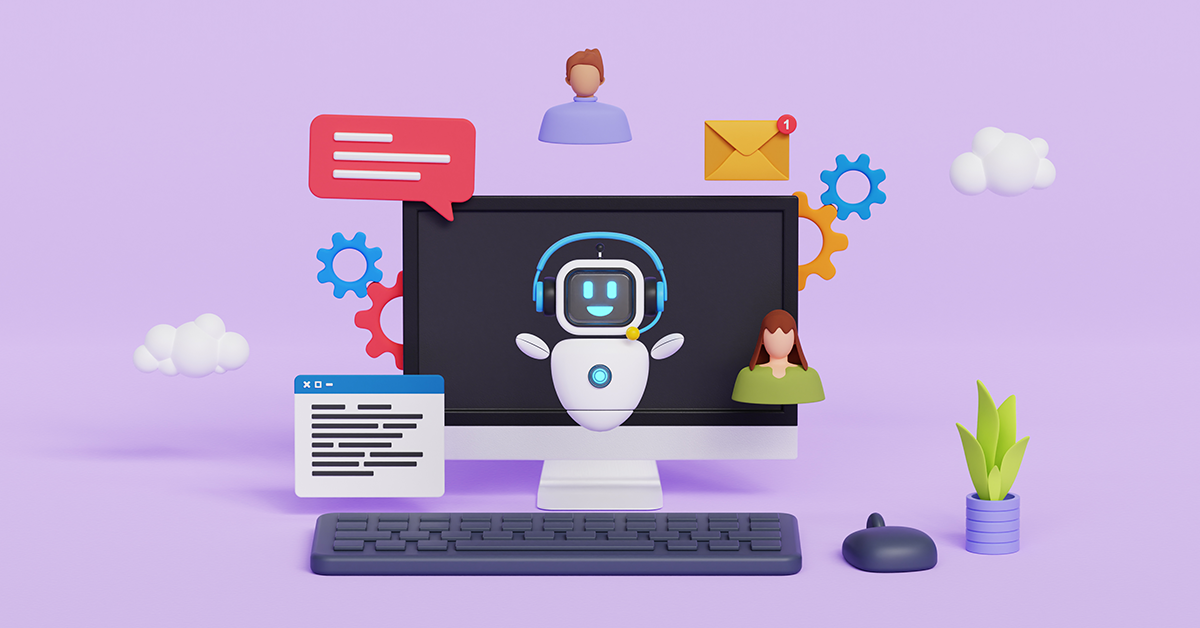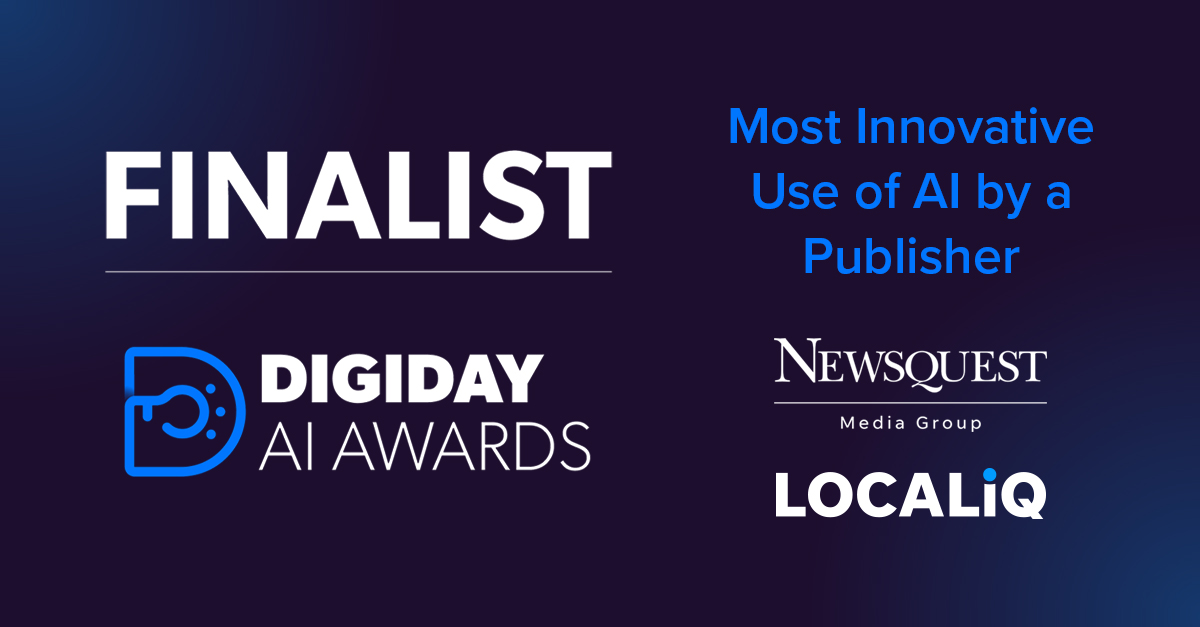When you’re marketing your business, you must consider who you’re marketing to. Whilst your audience could demographically be quite broad, your target customers likely have particular interests, challenges or lifestyles that are granular and specific. Your target audience’s demographics, behaviours, interests, wants and needs should align with you and what you sell.
What are audience personas and why do businesses need them?
Audience personas, a.k.a, buyer personas, marketing personas, or customer profiles, are detailed, researched, fictional descriptions and characterisations of someone who represents your target audience.
They differ from target audiences slightly – personas are fictional profiles of your customers, whereas target audiences are IRL people. An audience persona is a detailed, fictional descriptive profile of someone who represents your target audience.
You can have more than one buyer persona – but your priority as a business is to define them. For example, an estate agency might have the following multiple yet specific customer personas:
- Aged 25-35 first time buyers, in a long-term relationship, full-time employment, interested in buying their first home – terraced or semi-detached, within a certain price point – within a particular geographical area
- Aged 55+ homeowners who are considering their retirement, looking to downsize their home and buy a suburban or rural home within a particular geographical area
- Aged 35-40 parents of nursery and primary school-age children needing to upsize and purchase a larger, ‘forever’ family home, equipped with a garden, within a particular geographical area near specific nurseries and schools
All sets of the estate agent’s audience personas are completely different, yet our example estate agency business needs to target them all. In this instance, the estate agency should curate content and advertising campaigns to suit each segment individually, as well as a group.
Before we work on building audience personas, let’s examine the benefits of doing so for your business’ marketing strategy.
The benefits of audience personas
There are multiple benefits for building audience personas:
- Building stronger relationships with their audience, potential and existing customers
- Making their marketing more personalised and effective
- Appealing to specific people with definitive wants and needs who are going to buy from you, rather than trying to please everyone, because marketing to everyone is ineffective (not everyone is going to be interested in your business, products, and services)
- Knowing exactly who you are talking to when promoting, advertising and marketing your business
- Creating better content more suited to your target customers
- Converting stronger, higher quality leads
- Truly adding value to their feeds on social media, thus growing your social media following
- Producing new ancillary products and services to serve your target customers
- Speaking your audience’s language and understand them better
- Driving more sales
- Understanding exactly who your customers are and what they want and need from you
Researching to build audience personas
Before curating the audience personas you’re going to tailor your business marketing to, you can carry out research to find out more about your audience;
- Conduct customer surveys and interviews (incentive’s usually help in coaxing consumers to complete surveys!)
- Look at your reviews and testimonials – what are the common themes?
- Ask for feedback from existing customers
- Leverage existing data you have – your current following and existing customers demographics and interests
- Engage in social listening
How to define audience personas: a framework
If it helps, you can give your personas a face (use a stock image, a cardboard cut-out, a drawing… get as creative as you like!), a faux social media profile, a made-up problem or circumstance… anything that helps you create your audience personas more effectively.
Think about how many target audience segments you serve/wish to reach (most companies have more than one) and then use the following framework to build your audience personas. You don’t have to consider every point, but you should use as many as possible to really narrow down who you should be creating social media content for and appealing to.
Demographics to consider when building your audience personas:
- Age range
- Gender
- Marital/relationship status
- Location/town/postcode
- Job/industry
- Income range/disposable income
- Homeownership/living status
- Education status
- Family status/number and age of dependents
- Political affiliation
- Religious affiliation
Behaviours to consider when building your audience personas:
- Interests
- Hobbies
- Aspirations
- Purchasing habits and behaviours
- Current challenges
- Lifestyle circumstances and habits
- Financial behaviours/their typical consumer journey
You can narrow this down to specific behaviours such as your customer’s typical holiday destinations and frequency, which news sites they read, how often they eat out, how much they spend on their homes each month, and so on. You can consider anything you like and apply it to your customer persona if it helps you better define your target consumer.
How can you build a relationship with them and appeal to them so that they buy from you?
Consider deeper factors. What are the goals of your customer persona in question? What is important to them? What do they value in a business? How does your product or service solve a challenge they’re facing? How can your business make their life easier, simpler, or better?
Audience personas and marketing
Once you’ve established your core audience personas, ensure your marketing team familiarise themselves with them so all your content marketing and social media campaigns are tailored to suit them.
Whenever you create content for social media marketing, keep your audience personas in mind. Consider;
- How your content will appeal to your audience personas
- How your content solves a problem for your audience personas
- What you are selling/wanting from your audience personas
If you’re struggling to define your target audience and who you should be targeting and selling to, have a look at our guide to defining your target customer base.





